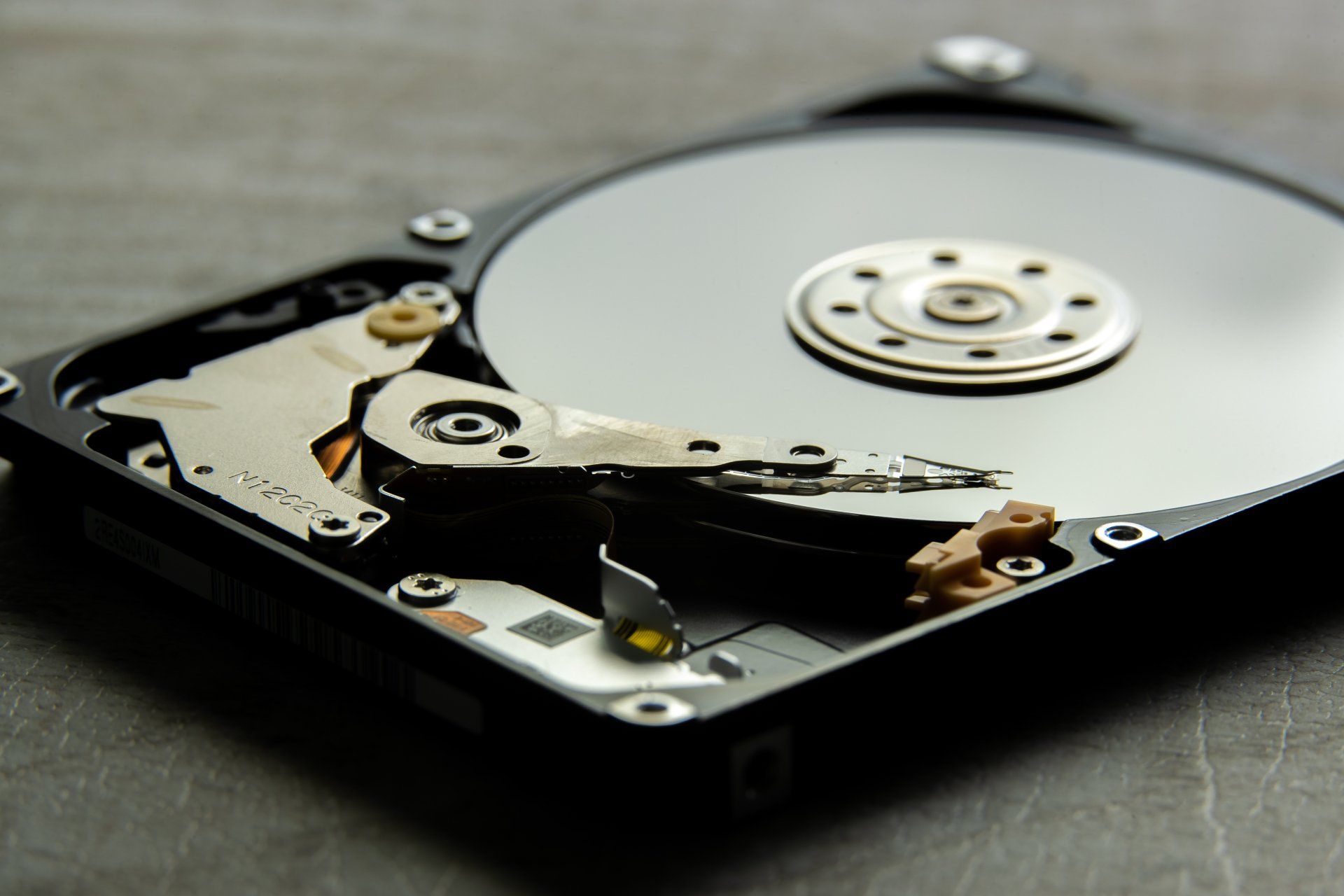BCDR: The Life-Saving Technology Every Business Needs
by Jon Lober | NOC Technology
Why BCDR is Essential, How to Get Started, and What to Expect

You may have personally experienced the nightmare of your computer crashes and you lose all your important files? Or, have you heard horror stories of businesses closing their doors because they couldn't recover from a natural disaster or cyber attack? Well, welcome to the world of Business Continuity and Disaster Recovery (BCDR), the technology that promises to keep your business up and running, no matter what.
So, what is BCDR exactly? BCDR refers to the processes, technologies, and strategies that help businesses keep their operations going during and after a disruptive event. It's like having a life jacket for your business, ensuring that you can keep afloat, even in the roughest of seas.
Why should every business implement BCDR? The answer is simple: because disasters can strike anytime, anywhere, and without warning. From fires, hurricanes, and earthquakes to cyberattacks, data breaches, and power outages, the list of potential disasters is endless. And the consequences of not being prepared can be catastrophic. A study by Gartner estimates that 25% of businesses that experience a major data loss go out of business within two years.
That's why every business, big or small, should implement BCDR. It's a smart investment in the long-term health and survival of your business.
So, what steps should a business take to implement BCDR?
Here's a step-by-step guide:
- Assess your risks: Identify the potential disasters that could impact your business and determine the likelihood and consequences of each.
- Develop a plan: Based on your risk assessment, create a comprehensive BCDR plan that outlines how you'll respond to a disaster, who will be responsible for various tasks, and what resources you'll need.
- Choose the right technology: Select the technology and tools that will help you implement your BCDR plan, such as backup and recovery software, cloud storage, and disaster recovery as a service (DRaaS).
- Test and refine your plan: Regularly test your BCDR plan to identify any weaknesses and refine it as necessary.
By following these steps, you can ensure that your business is prepared for anything that comes its way.
Now, what are the benefits and drawbacks of implementing BCDR?
Benefits:
- Peace of mind: With BCDR in place, you can rest easy knowing that your business is protected against disasters.
- Improved data protection: BCDR helps you keep your critical data safe and secure, reducing the risk of data loss.
- Faster recovery time: With a well-designed BCDR plan and the right technology, you can recover from a disaster quickly and efficiently.
- Better business continuity: BCDR helps keep your business up and running, even in the face of a disaster, ensuring that you can continue to serve your customers and generate revenue.
Drawbacks:
- Cost: Implementing BCDR can be expensive, especially if you're a small business.
- Complexity: BCDR can be complex, especially if you're new to the technology.
- Maintenance: BCDR requires ongoing maintenance and testing to ensure that it stays effective over time.
Despite these drawbacks, the benefits of BCDR far outweigh the costs. In the end, BCDR is an investment in your business's future, which pays off in the long run. It gives you the peace of mind to know that you're prepared for the unexpected and ensures that your business will continue to thrive, no matter what.
BCDR is an essential technology that every business should implement. It's the life jacket that keeps your business afloat in the face of disasters. By assessing your risks, developing a plan, choosing the right technology, testing and refining your plan, and training your team, you can implement BCDR and ensure your business's long-term success and survival. So, don't wait until it's too late, get started with BCDR today!




